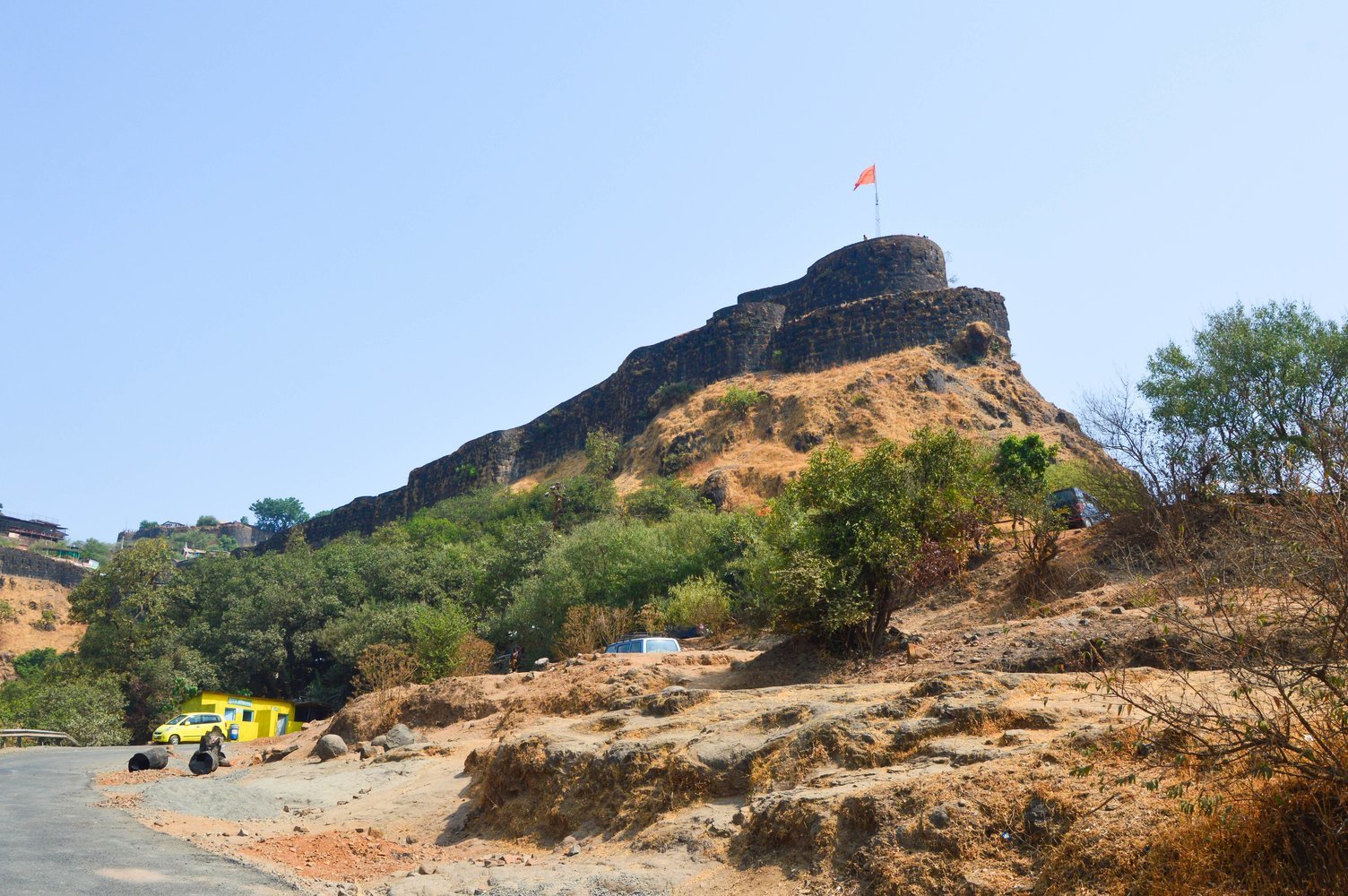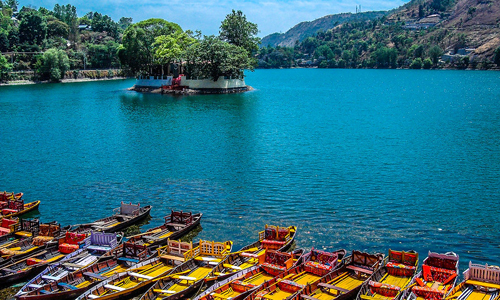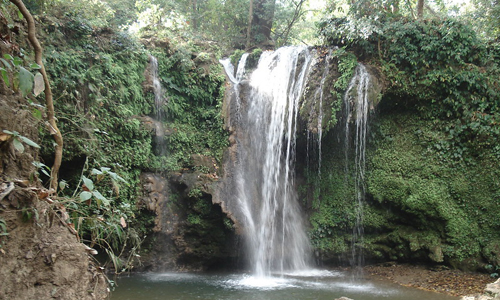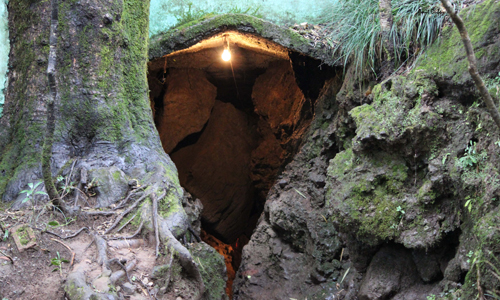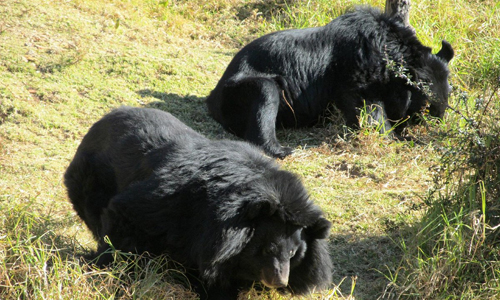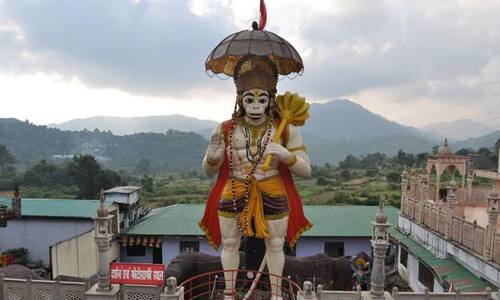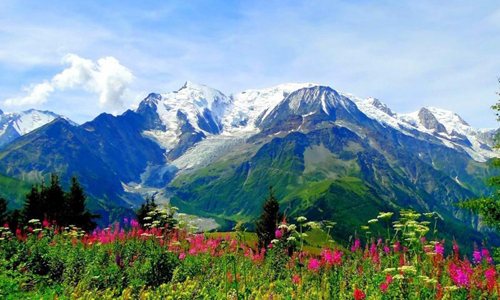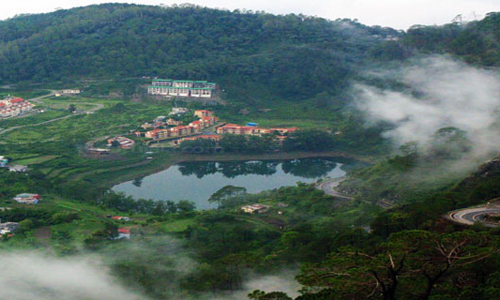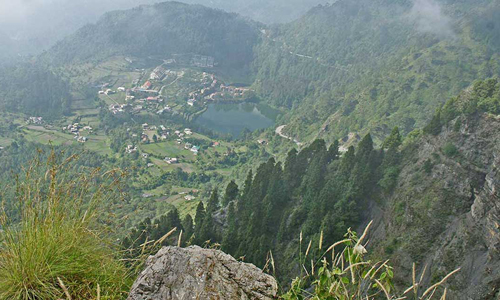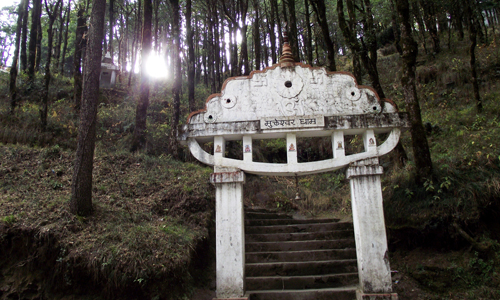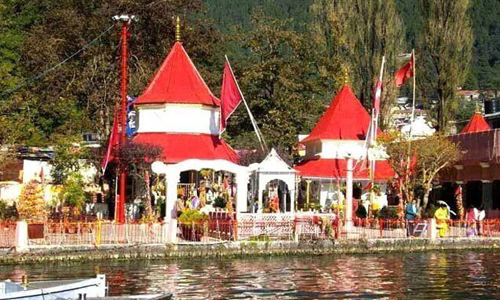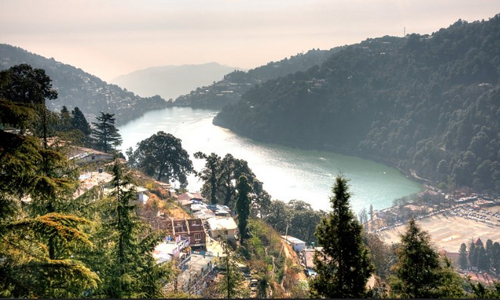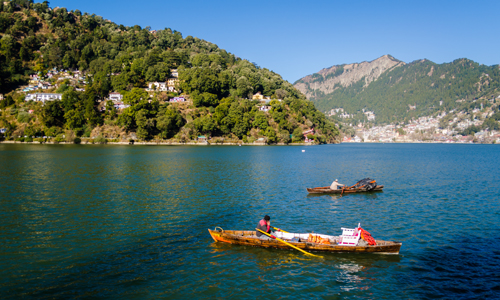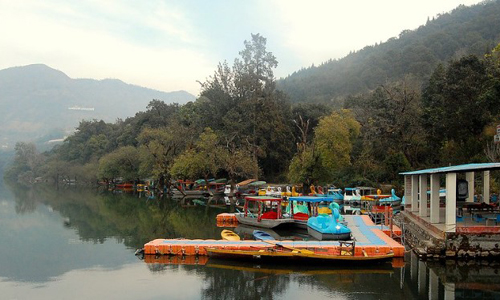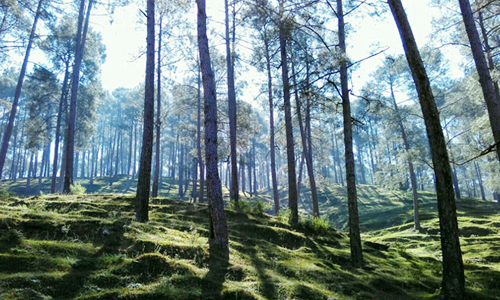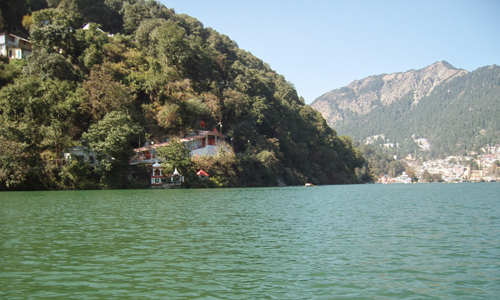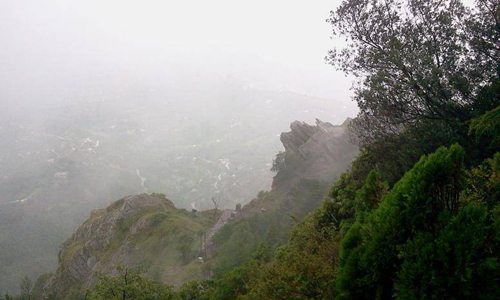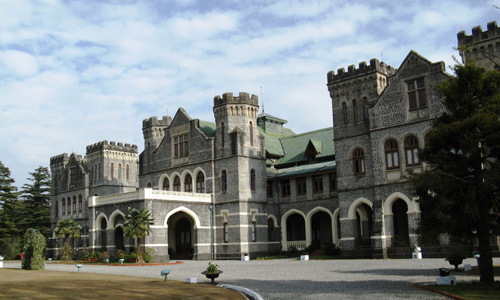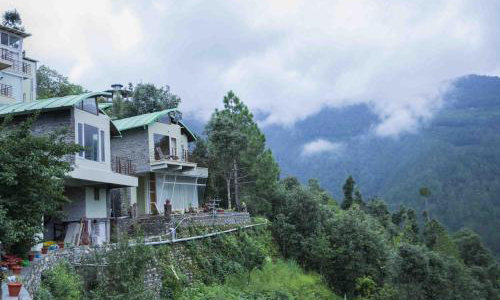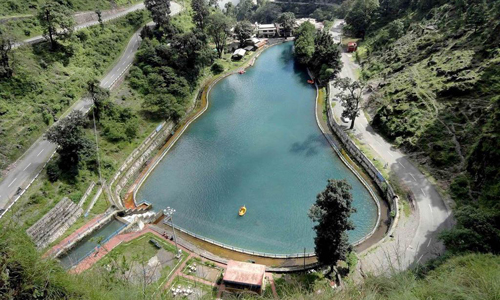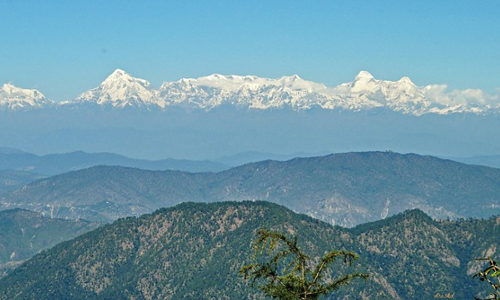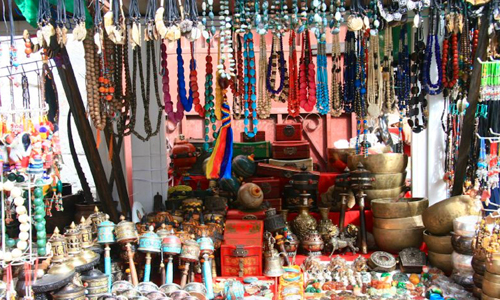Sattal, known as Sat Tal, is a collection of seven interconnected freshwater lakes. It is in the Nainital district, 22 kilometers from Nainital and 12 km from Bhimtal. It is one of the most picturesque places to visit in Nainital. Sattal is a well-liked tourist destination in Uttarakhand at a height of 1,370 meters.
Oak and pine trees in large stands line the outer boundary of the chain of lakes. One of India's few remaining unspoiled and unpolluted freshwater bodies is Sattal. British people frequently relate this to Westmoreland in England. Purna Tal, Ram Tal, Sita Tal, Laxman Tal, Nal Damyanti Tal, Sukh Tal, and Garud Tal are the names of Sattal's seven lakes. The Garud Tal is a stand-alone lake with no connections. The Ram, Sita, and Lakshman Tals comprise the Sattal main Lake.
History of Sattal
The Sattal Lake resembles Westmorland in England because of its sublime beauty and beguiling formation. The British colonists in Nainital City used to travel alone and with their families to Sattal. During the colonial era, Sattal was home to one of the Kumaon region's four tea plantations.
Mythological significance
Seven lakes (Sat-tal) is what the name "Sattal" signifies. This location is linked to a myth that dates back to the period of the Mahabharata, an ancient Indian epic. According to mythology, during their fourteen-year exile caused by his brother's curse, the great ruler Nala and his wife Damiyanti drowned in the waters of one of the lakes. Consequently, Nal-Damyanti Tal is the name of one of the seven lakes.
Lakshman Tal, Purna Tal, Sita Tal, Sukha Tal, and Garud Tal are the names of the remaining six lakes, all figures from the Mahabharata. The Sukha Tal was formerly famous as Khudariya Tal. Still, this lake's water drained away due to a leak at its western end, and the lake eventually dried up. As a result, it is currently famous as Sukha Tal.
Best time
During the monsoon, Sattal is at its most scenic, but getting there can be challenging because the roads and hikes get slick, and there is always a chance of landslides.
Visiting Sattal in March, April, May, and June is preferable. Tourists who love snowfall also find winters to be highly popular. This attraction is a required part of any Nainital tour package.


